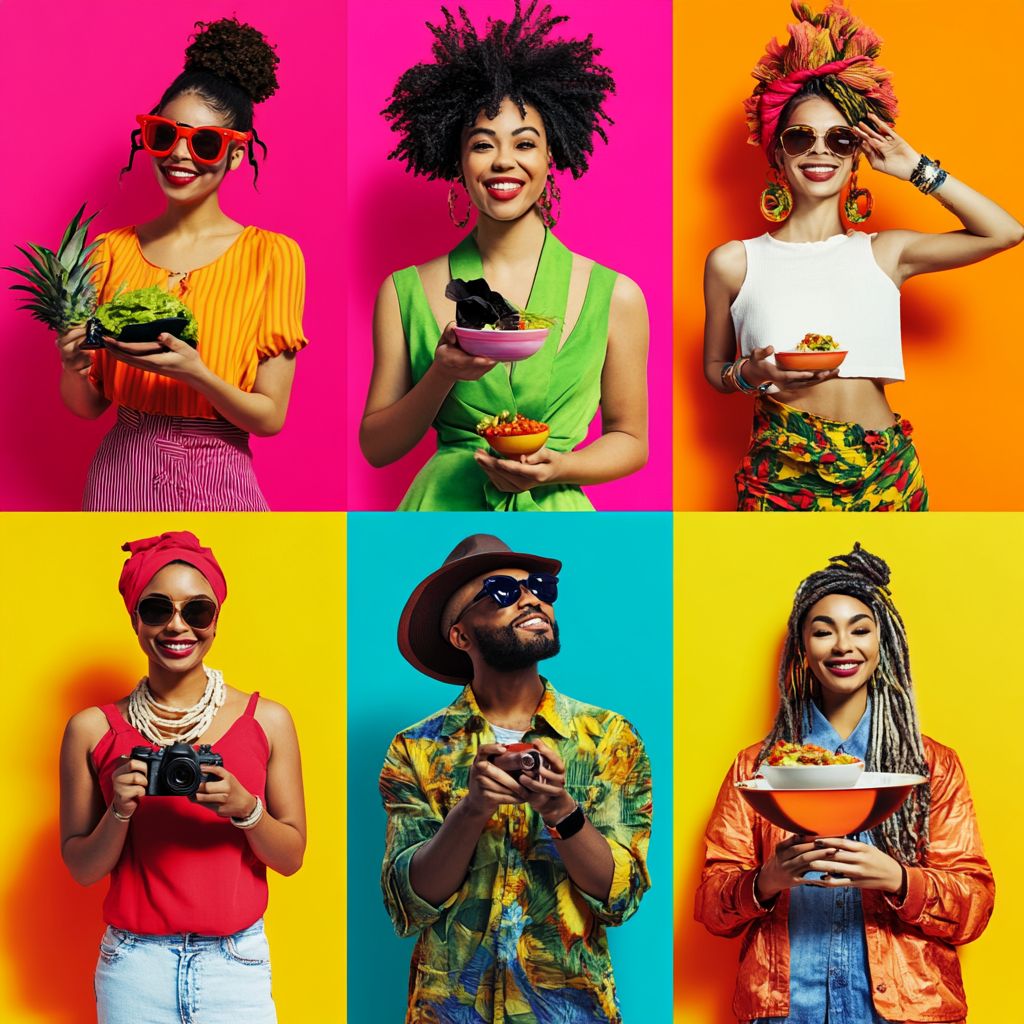Cultivators…I do want to preface this guide by letting you know that here at Siembra Connect, we as a collective do not necessarily connect with the “influencer” designation. However because the industry still uses this as a default term… and as a result I find it more helpful to ceate this guide using that term.
Can we start the post with this fun fact…?
The creator economy is expected to reach a value of over $500 billion by 2027. This rapid growth highlights the increasing influence and economic impact of content creators across various platforms.
Source: Mighty Networks
Digital Creators or Influencers have become a powerful force in marketing and social media. With their ability to connect with audiences on a personal level, they can effectively promote products, services, and ideas.
Over the years, one of the things that new creators often ask is “how many followers do I need to monetize?” For some strange reason the popular answer to this is “you need 10k to even be considered”. I can tell you from experience this is not true… I monetized twitter at less than 500… and for most of the years I actively worked as an “influencer”, over 60% of my revenue came from that channel. I know many creators that found their thing but I have never really seen a resource that outlines these levels and their potential.
Let's break down the different levels of Influencers and explore some examples of successful individuals in each category. I want to go even a step further and give context to the best types of revenue opportunities available within your level.

A QUICK GUIDE TO INFLUENCER LEVELS
Nano-Influencers: The Grassroots Heroes
Followers: 1,000 to 10,000
Examples: Local food bloggers, artists, fitness enthusiasts, pet owners, hobbyists, small business owners and local community leaders.
Key Strategies: Focus on niche-specific content, engage with your community, and collaborate with other nano-influencers.
Revenue Streams:
Affiliate Marketing: Nano-influencers can promote products through affiliate links and earn a small commission on sales.
Sponsored Content: Brands targeting a niche audience may offer small sponsorships for posts or stories.
Gifting/Bartering: Brands might send free products in exchange for promotion, which can lead to paid opportunities as they grow.
Digital Products: Selling e-books, guides, or courses within their area of expertise.
Micro-Influencers: The Rising Stars
Followers: 10,000 to 100,000
Examples: Beauty creators, fashion bloggers, travel influencers, gaming streamers
Key Strategies: Share personal stories, use storytelling techniques, and experiment with different content formats.
Revenue Streams:
Sponsored Posts: Paid collaborations with brands to create authentic content featuring products or services.
Affiliate Marketing: With a larger audience, micro-influencers can drive more significant traffic, making affiliate marketing more lucrative.
Brand Ambassadorships: Long-term relationships with brands that pay influencers to regularly promote products.
Co-Creation/Collaborations: Brands may collaborate with micro-influencers on product lines, such as co-branded merchandise.
Paid Social Media Features: Charging brands for Instagram takeovers, live sessions, or video content creation.
Mid-Tier Influencers: The Established Players
Followers: 100,000 to 500,000
Examples: Health and wellness experts, financial advisors, parenting bloggers, lifestyle influencers
Key Strategies: Offer online courses or coaching, launch a podcast or YouTube channel, and create high-quality content.
Revenue Streams:
Paid Partnerships: Larger sponsorship deals with well-known brands, usually involving multiple posts or long-term campaigns.
Product Endorsements: These influencers may be sought for public endorsements or exclusive partnerships.
Online Courses or Coaching: Mid-tier influencers can monetize their expertise by offering online workshops, classes, or one-on-one coaching sessions.
Merchandise Sales: Selling custom merchandise to their engaged audience, such as branded clothing or accessories.
Podcasting and Video Content: Ad revenue or sponsorships from launching their own YouTube channel or podcast.
Macro-Influencers: The Industry Titans
Followers: 500,000 to 1 million
Examples: Celebrity chefs, fitness trainers, social media personalities, entrepreneurs
Key Strategies: Leverage your reach for brand partnerships, event hosting, and content licensing.
Revenue Streams:
Brand Partnerships and Sponsorships: Larger, high-paying sponsorship deals with leading companies that require significant reach and exposure.
Event Hosting and Appearances: Brands may pay them to host or appear at events, webinars, or conferences.
Licensing Content: Influencers at this level can license their content to brands or platforms for use in advertising campaigns.
Premium Content/Subscriptions: Creating exclusive content through platforms like Patreon or Substack, where fans pay for access to behind-the-scenes content or more in-depth material.
Public Speaking Engagements: Charging fees for speaking at industry events, panels, or webinars.
Mega-Influencers: The Global Icons
Followers: Over 1 million
Examples: Celebrities, athletes, social media stars, entrepreneurs
Key Strategies: Create product lines, appear in media, and build a strong personal brand.
Revenue Streams:
Major Brand Endorsements: Global companies often pay mega-influencers to endorse their products in massive, multi-channel campaigns.
Product Lines and Collaborations: Collaborating with brands to create and sell their own product lines, such as fashion, makeup, or tech products.
Public Speaking/Keynote Engagements: Charging significant fees for large-scale appearances or corporate events.
TV/Media Appearances: Given their visibility, mega-influencers often transition into mainstream media or even launch their own shows.
Investments and Equity Deals: Some mega-influencers invest in or receive equity from startups or growing companies in exchange for promotion and partnership.
I hope this was helpful and would love to hear from you if you think there is something missing here, this list is based on my experience as both a creator and talent agent who has produced many branded campaigns over the years.
I will be sure to stay tuned into industry trends and revise this periodically to keep it current. Feel free to email me at [email protected] on suggestions on what I can do to expand on this type of content.